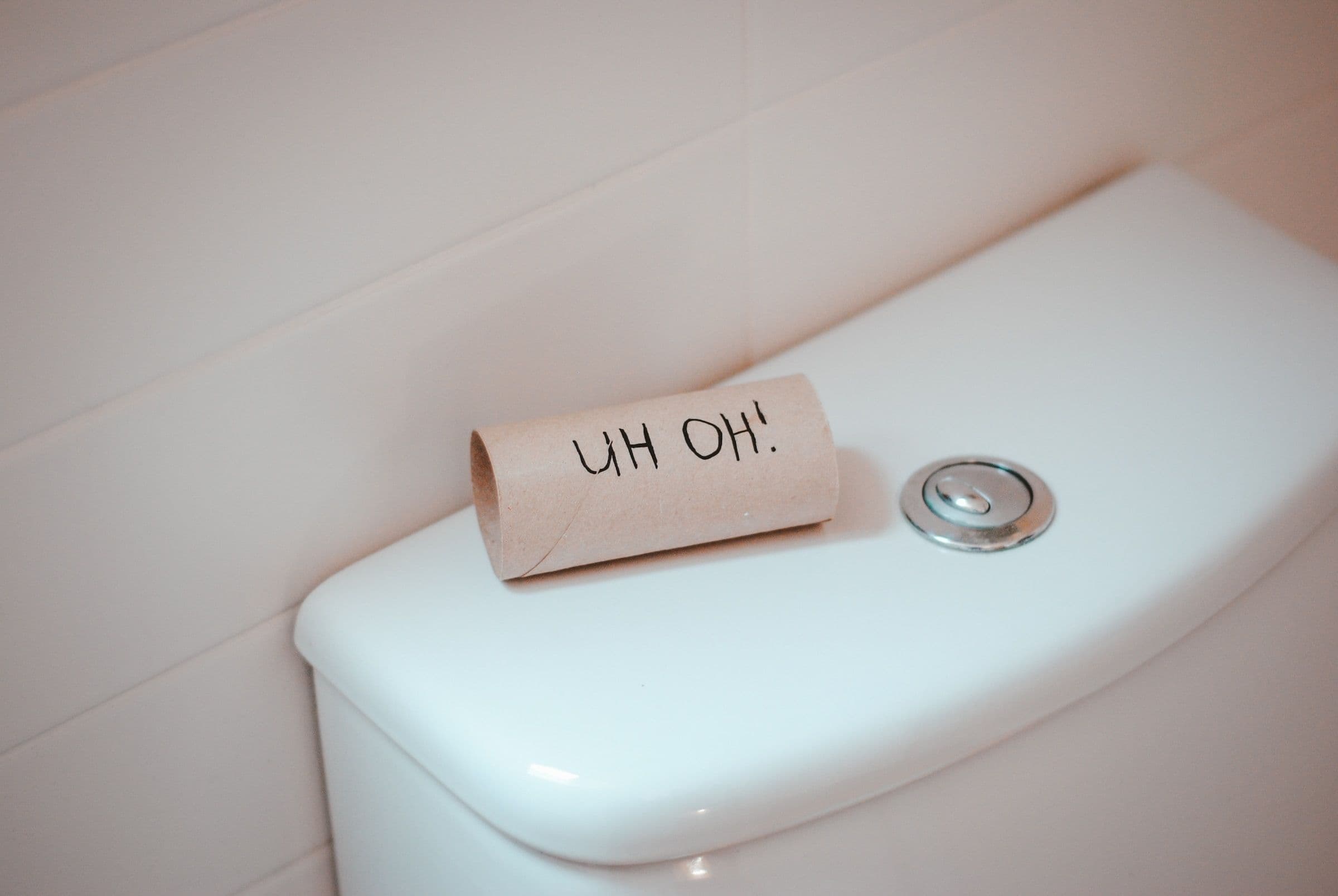Home Plumbing Troubleshooting for Beginners
Having basic plumbing knowledge can help you save time and money when dealing with common home plumbing issues. In this article, we'll cover some essential tips and techniques for beginners to troubleshoot common plumbing problems.
Table of Contents
- Understanding Your Plumbing System
- Essential Tools for Plumbing Troubleshooting
- Common Home Plumbing Issues and Solutions
- When to Call a Professional Plumber
Understanding Your Plumbing System
Before diving into troubleshooting, it's crucial to understand the basics of your home's plumbing system. Your plumbing system consists of two main subsystems:
- Water supply system: This subsystem brings fresh water into your home and is pressurized to allow water to flow through pipes, faucets, and appliances.
- Drain-waste-vent (DWV) system: This subsystem removes wastewater and solid waste from your home, relying on gravity to move the waste towards the sewer or septic system.
Familiarize yourself with the location of your home's main water shut-off valve, which is typically located near the water meter. Knowing its location can help you quickly turn off the water supply in case of an emergency.
Essential Tools for Plumbing Troubleshooting
To troubleshoot and fix minor plumbing issues, you'll need a few essential tools. Here's a list of the basic tools you should have in your plumbing toolbox:
- Plunger
- Pipe wrench
- Plumber's tape
- Adjustable wrench
- Pipe cutter
- Plumber's snake or drain auger
- Screwdriver set
- Bucket
- Gloves
- Safety goggles
Common Home Plumbing Issues and Solutions
Here are some common home plumbing issues and tips on how to troubleshoot them:
1. Clogged Drain
A clogged drain is a common issue that can occur in sinks, bathtubs, and showers. To fix a clogged drain:
- Use a plunger to create suction and dislodge the clog.
- Remove the drain cover and use a plumber's snake or drain auger to break up the blockage.
- For kitchen sinks, check the P-trap (curved pipe under the sink) for debris and clean it if necessary.
2. Leaky Faucet
A leaky faucet can waste a significant amount of water and lead to higher utility bills. To fix a leaky faucet:
- Turn off the water supply to the faucet.
- Disassemble the faucet and inspect the components for damage.
- Replace any damaged parts, such as worn-out washers or seals.
3. Running Toilet
A running toilet can waste water and increase your water bill. To fix a running toilet:
- Check the flapper valve in the toilet tank for proper sealing.
- Adjust the chain connecting the flapper valve to the flush handle.
- Replace the fill valve if it's not functioning correctly.
4. Low Water Pressure
Low water pressure can make it difficult to use faucets and showers effectively. To troubleshoot low water pressure:
- Check the aerator on your faucet for mineral deposits and clean it if necessary.
- Inspect the water supply lines for leaks or damage.
- Contact your water provider to check for issues with the water supply in your area.
When to Call a Professional Plumber
While many minor plumbing issues can be fixed by DIY enthusiasts, some problems require the expertise of a professional plumber. If you're unsure about the cause of a plumbing issue, if the problem persists after attempting to fix it, or if you're dealing with a more complicated issue like a burst pipe or sewer backup, it's best to call a professional plumber for assistance.
